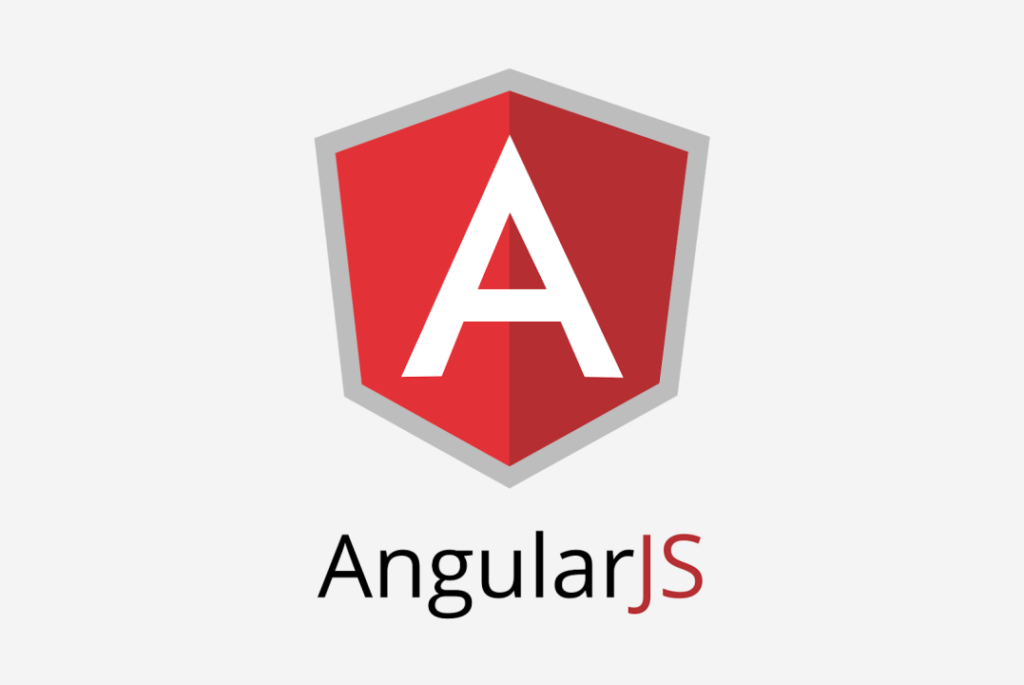Companies that utilize advanced front-end development techniques experience a 40% increase in user engagement and a 30% boost in conversion rates. Mastering advanced front-end techniques is crucial for New Britain, CT developers, as it directly influences user experience, performance, and overall business growth.

This article delves into the significance of these techniques, explores key frameworks and technologies, and highlights local success stories demonstrating their impact.
Understanding Advanced Front-End Development
Front-end development involves creating the visual and interactive aspects of a website or web application. It encompasses everything users see and interact with, including layout, design, and user interfaces. Mastery in front-end development ensures that websites are functional, engaging, and user-friendly.

Advanced techniques in front-end development, such as modern frameworks and optimization practices, are essential for creating high-performance, scalable, and maintainable applications. These techniques help developers build faster, more efficient websites that enhance user experience and meet the evolving demands of digital interactions.
For businesses and developers in New Britain, CT, leveraging advanced front-end techniques is vital to staying competitive in a rapidly growing digital landscape. Adopting these practices can improve website performance, better user engagement, and increase business success in the local market.
Key Front-End Frameworks and Libraries
React.js

React.js, developed by Facebook, is a popular JavaScript library for building user interfaces. It excels in creating dynamic and responsive single-page applications (SPAs) through its component-based architecture, which promotes reusable and maintainable code. React’s virtual DOM improves performance by minimizing direct interactions with the actual DOM.
Angular.js

Angular.js, maintained by Google, is a comprehensive front-end framework that facilitates the development of robust and scalable web applications. It uses two-way data binding to synchronize data between the model and view, streamlining the development process and enhancing application performance.
Vue.js

Vue.js is a progressive JavaScript framework known for its simplicity and flexibility. It provides a reactive data binding system and a component-based architecture similar to React but with a more approachable learning curve. Vue.js is ideal for developers looking to integrate advanced features without a steep learning curve.
Core Technologies and Best Practices
HTML5 and CSS3
HTML5 and CSS3 are foundational technologies for modern web development. HTML5 offers new semantic elements and APIs that enhance functionality, while CSS3 introduces advanced styling capabilities like animations and responsive design. They enable developers to create rich, interactive, visually appealing web experiences.
Responsive Design
Responsive design ensures that websites provide an optimal viewing experience across various devices, from desktops to smartphones. Best practices include using flexible grid layouts, responsive images, and media queries to adapt the content to different screen sizes and orientations.
Cross-Browser Compatibility
Ensuring cross-browser compatibility means ensuring your website functions consistently across various browsers. It involves testing and optimizing your site to handle different browser engines and versions, preventing layout and functionality issues for users.
Advanced Development Techniques
Single Page Applications (SPAs)
SPAs load a single HTML page and dynamically update content as users interact with the app. This approach provides a smoother and faster user experience by reducing the need for full-page reloads. SPAs are ideal for applications requiring high interactivity and responsiveness.
Progressive Web Apps (PWAs)
PWAs offer a native app-like experience on the web, combining the best features of web and mobile applications. They are designed to work offline, load quickly, and provide a responsive user experience. Building PWAs involves using service workers and other web technologies to enhance performance and reliability.
Component-Based Architecture
Component-based architecture involves breaking down a web application into reusable components, each managing its state and behavior. This approach promotes modularity, maintainability, and scalability, making developing and managing complex applications more accessible.
Performance Optimization Strategies
Code Splitting and Lazy Loading
Code splitting involves dividing your application’s code into smaller chunks loaded on demand. Lazy loading ensures that resources are only loaded when needed, improving initial load times and overall performance. These techniques help reduce the amount of data transferred and enhance user experience.
Build Tools (Webpack, Babel)

Webpack and Babel are essential tools for optimizing front-end development. Webpack is a module bundler that helps manage and bundle JavaScript, CSS, and other assets. Babel is a JavaScript compiler that transforms modern JavaScript into compatible versions for older browsers. Together, they streamline the development process and improve build efficiency.
Performance Optimization Best Practices
Best practices for performance optimization include minimizing HTTP requests, optimizing images, using caching strategies, and reducing JavaScript and CSS file sizes. Implementing these practices ensures faster load times, smoother interactions, and improved user experience.
Schedule a FREE STRATEGY CALL
Tools and Techniques for Efficient Development
Version Control (Git)
Version control systems like Git are crucial for managing code changes and collaboration. Git tracks modifications, allows for branching and merging, and provides a history of changes, facilitating teamwork and ensuring code integrity.
Testing Frameworks (Jest, Mocha)
Testing frameworks such as Jest and Mocha help ensure code quality and functionality by allowing developers to write and run tests. These frameworks support unit testing, integration testing, and end-to-end testing, identifying issues early in development.
Continuous Integration/Continuous Deployment (CI/CD)
CI/CD pipelines automate the integration of code changes and the deployment of applications. They enable frequent updates and reduce the risk of errors by running automated tests and deployments. CI/CD practices enhance development efficiency and maintain high-quality standards.
Enhancing User Experience (UX) and Accessibility
Effective UI design involves creating visually appealing and user-friendly interfaces. Best practices include maintaining consistency, ensuring intuitive navigation, and providing clear visual hierarchies. Good UI design enhances usability and user satisfaction.
UX design optimizes users’ overall experience with a website or application. It involves understanding user needs, designing intuitive workflows, and improving interaction quality. A well-designed UX contributes to higher user engagement and retention.
Ensuring that your site meets accessibility standards involves adhering to guidelines like the Web Content Accessibility Guidelines (WCAG). It includes providing alternative text for images, ensuring keyboard navigation, and maintaining high color contrast. Accessibility enhances usability for all users, including those with disabilities.
Frequently Asked Questions
What are some key front-end frameworks and libraries used in advanced development?
Key front-end frameworks and libraries include React.js, Angular.js, and Vue.js. React.js is known for its component-based architecture and virtual DOM, Angular.js offers comprehensive solutions with two-way data binding, and Vue.js provides flexibility and simplicity for building interactive user interfaces. Each framework has its strengths and is suited for different types of projects.
How can performance optimization strategies like code splitting and lazy loading benefit a website?
Code splitting and lazy loading are performance optimization techniques that improve website speed and efficiency. Code splitting involves dividing code into smaller chunks loaded on demand, while lazy loading ensures that resources are loaded only when needed. These strategies reduce initial load times and enhance overall site performance, improving user experience.
Why is version control important in front-end development?
Version control systems like Git are crucial for managing code changes and collaboration. They track modifications, enable branching and merging, and provide a history of changes, making it easier for teams to work together and maintain code integrity. Version control helps prevent conflicts and ensures a smooth development workflow.


